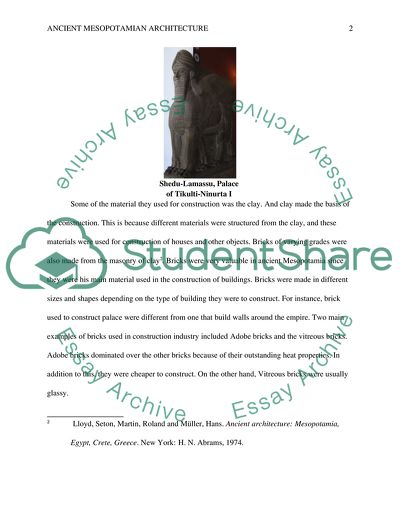Cite this document
(Ancient Mesopotamian Architecture Coursework Example | Topics and Well Written Essays - 1500 words - 1, n.d.)
Ancient Mesopotamian Architecture Coursework Example | Topics and Well Written Essays - 1500 words - 1. https://studentshare.org/architecture/1797882-ancient-mesopotamian-architecture
Ancient Mesopotamian Architecture Coursework Example | Topics and Well Written Essays - 1500 words - 1. https://studentshare.org/architecture/1797882-ancient-mesopotamian-architecture
(Ancient Mesopotamian Architecture Coursework Example | Topics and Well Written Essays - 1500 Words - 1)
Ancient Mesopotamian Architecture Coursework Example | Topics and Well Written Essays - 1500 Words - 1. https://studentshare.org/architecture/1797882-ancient-mesopotamian-architecture.
Ancient Mesopotamian Architecture Coursework Example | Topics and Well Written Essays - 1500 Words - 1. https://studentshare.org/architecture/1797882-ancient-mesopotamian-architecture.
“Ancient Mesopotamian Architecture Coursework Example | Topics and Well Written Essays - 1500 Words - 1”. https://studentshare.org/architecture/1797882-ancient-mesopotamian-architecture.


